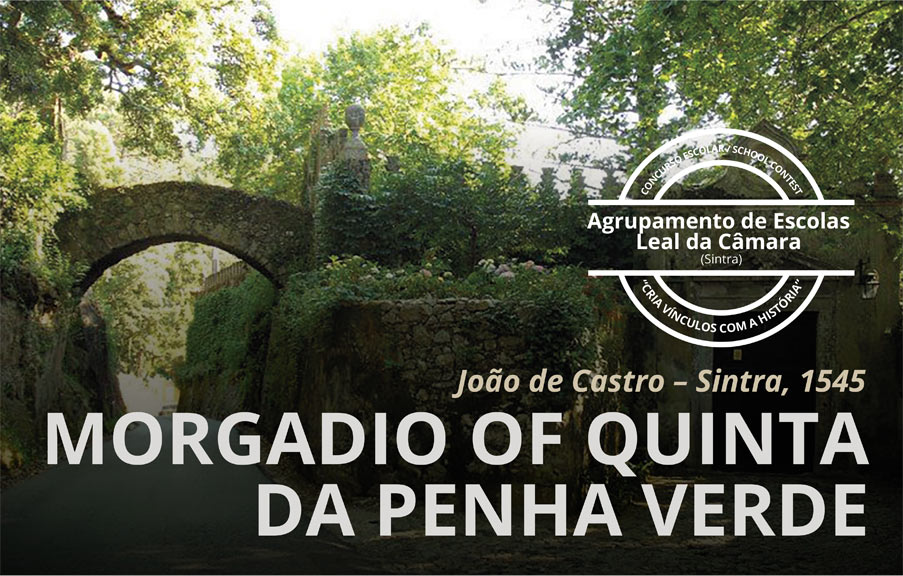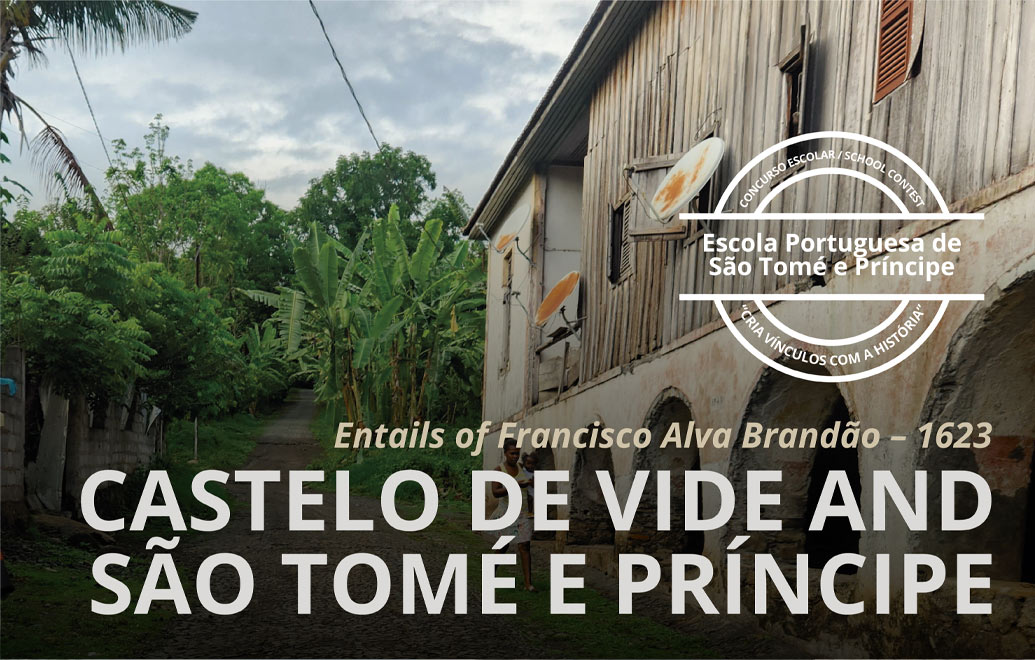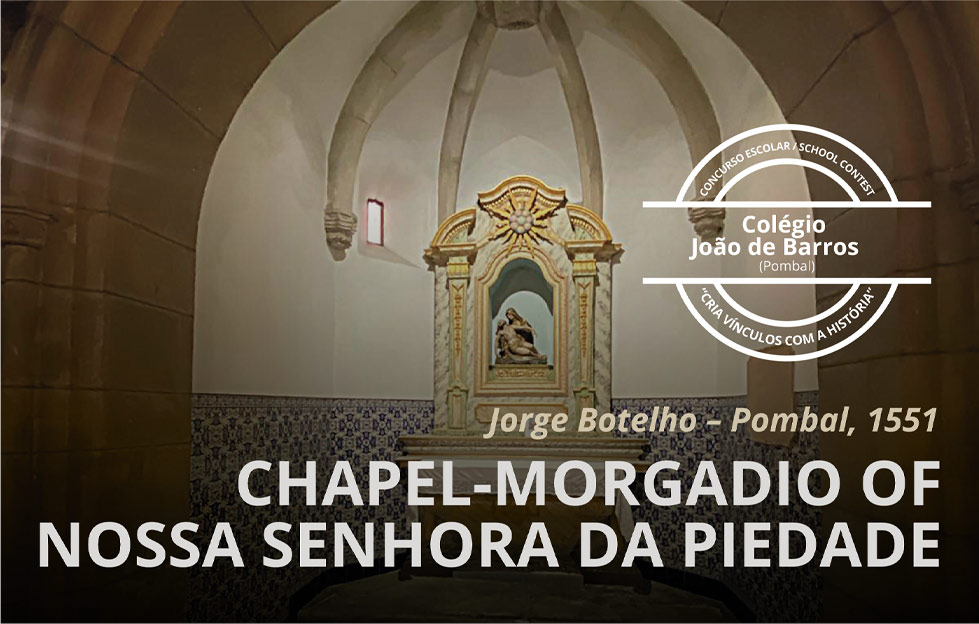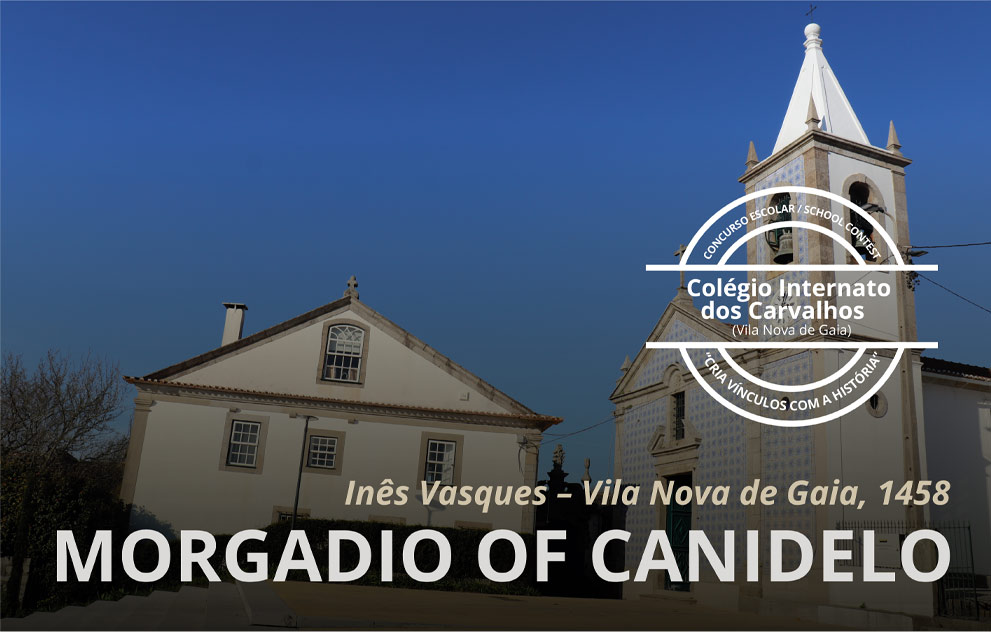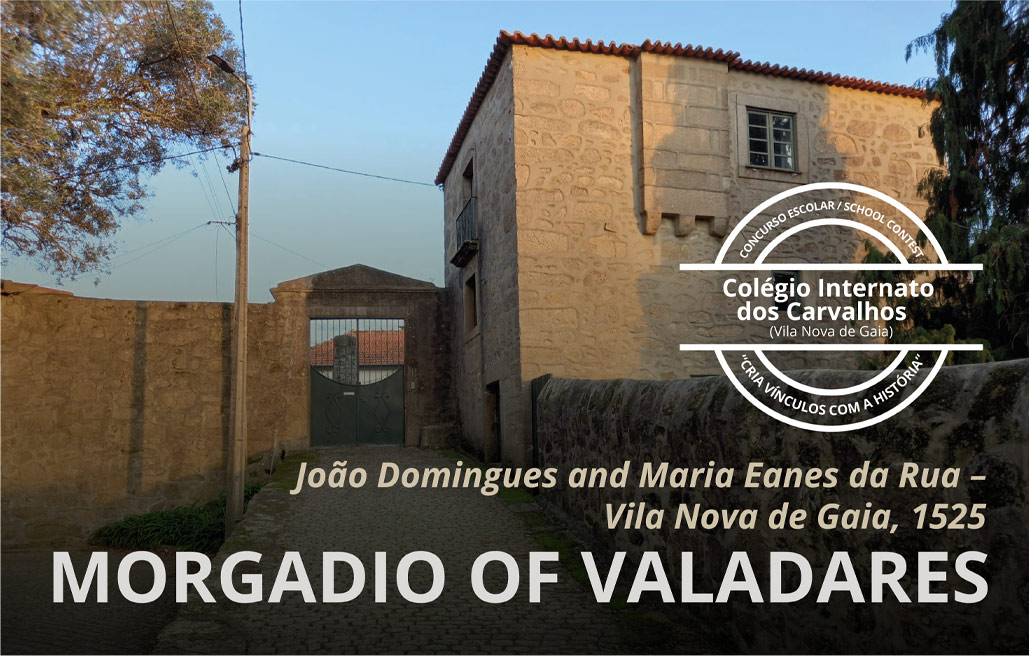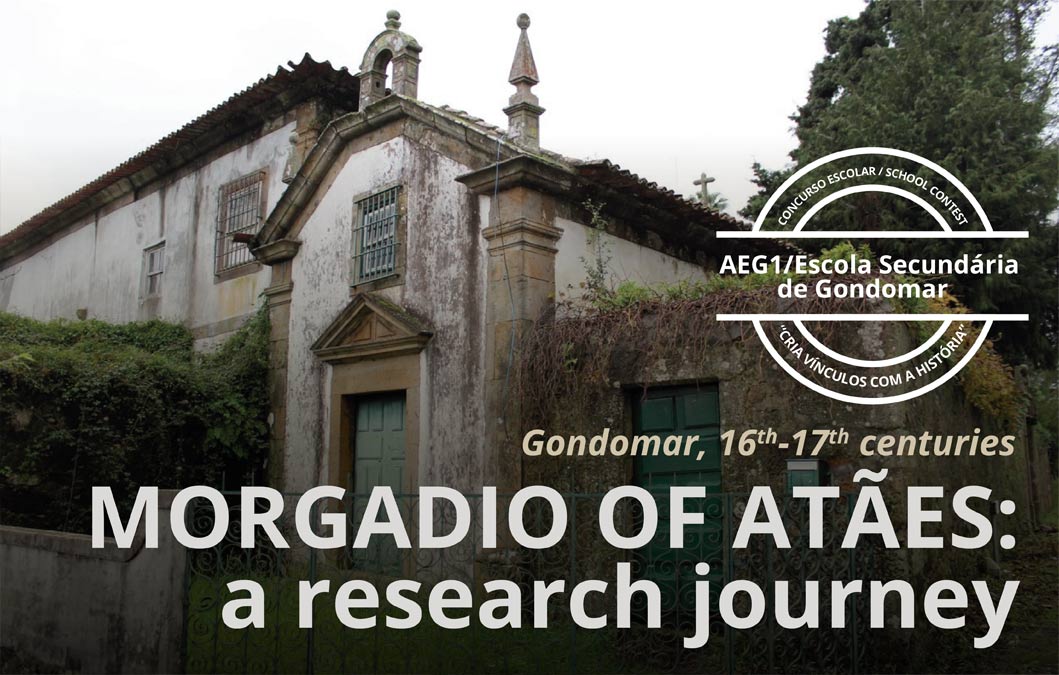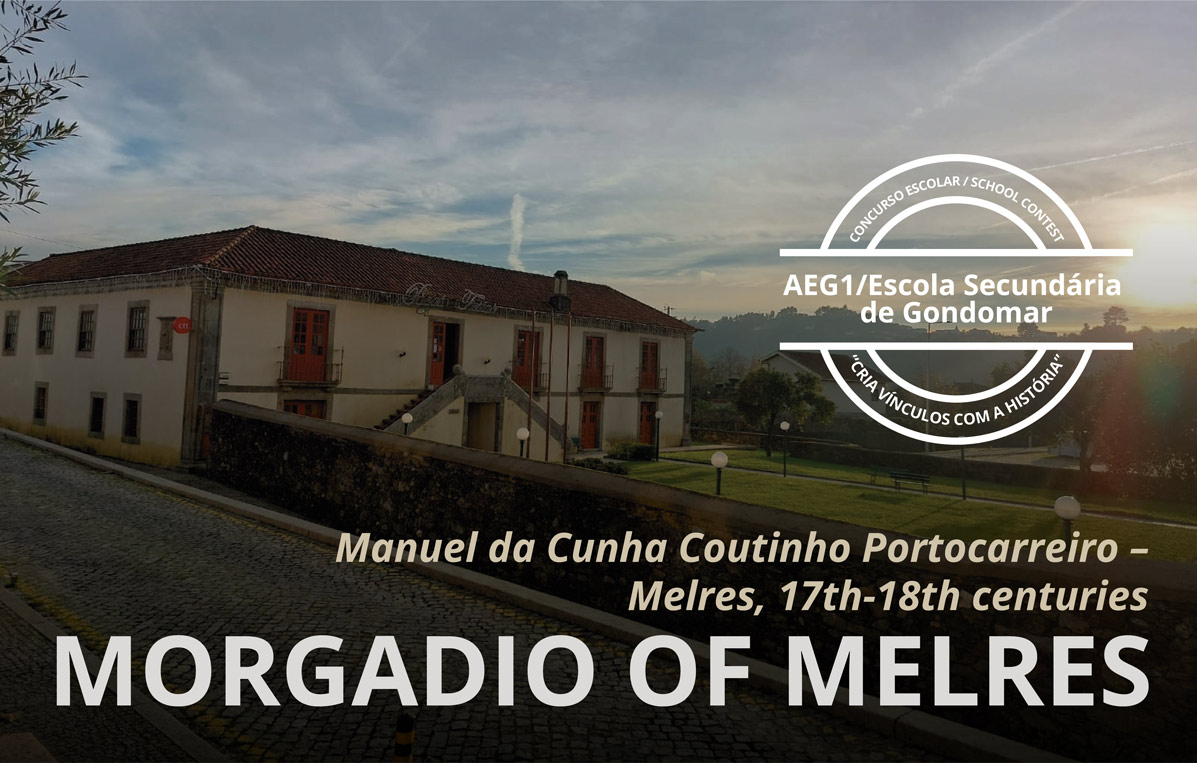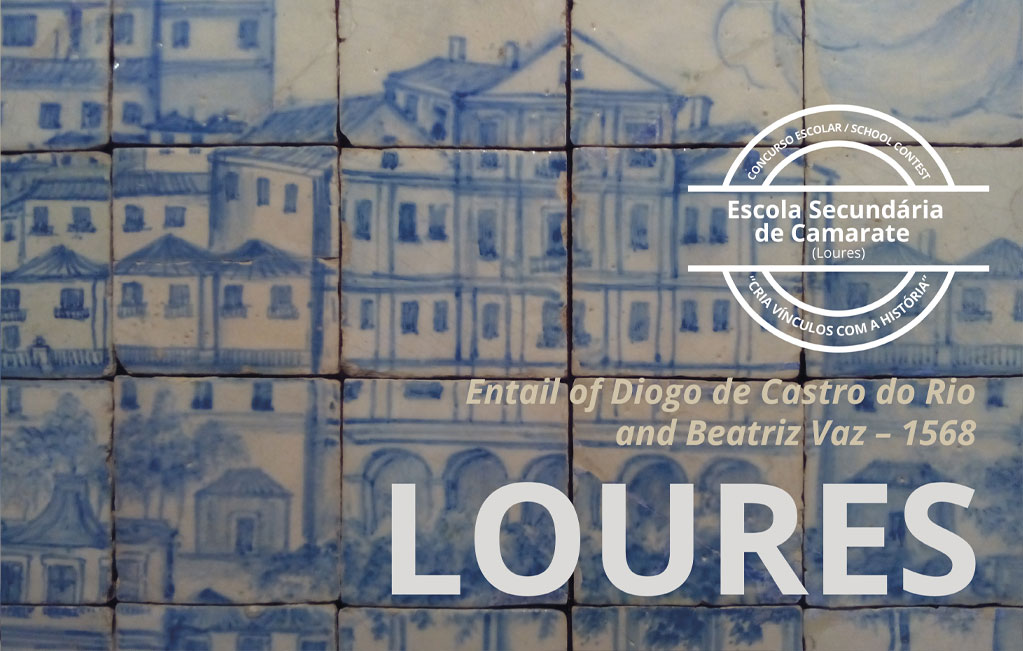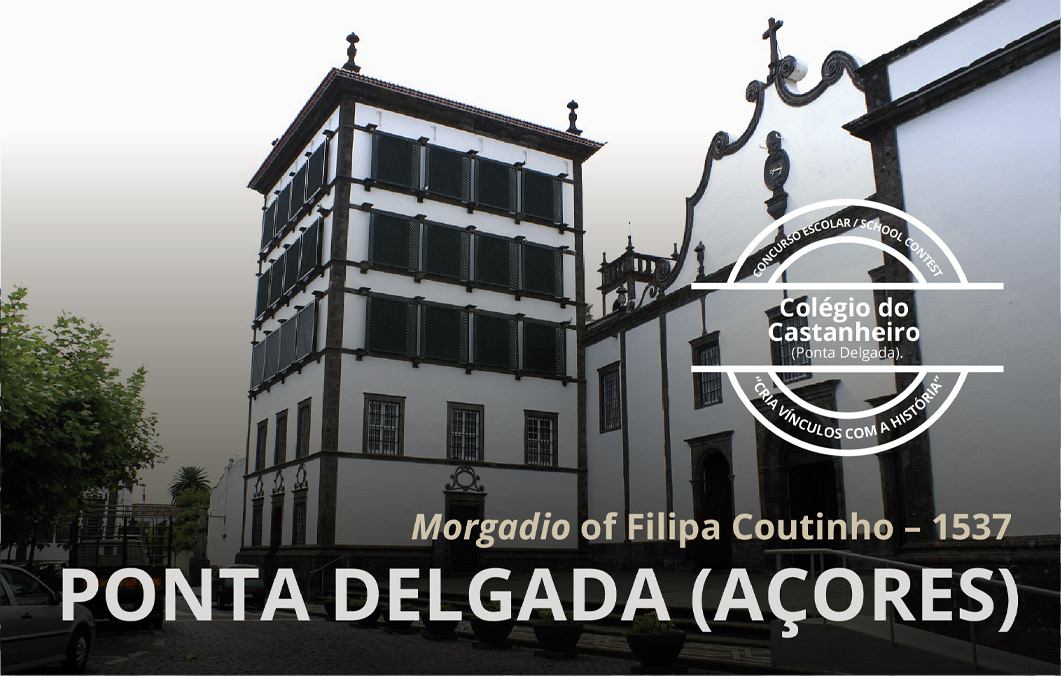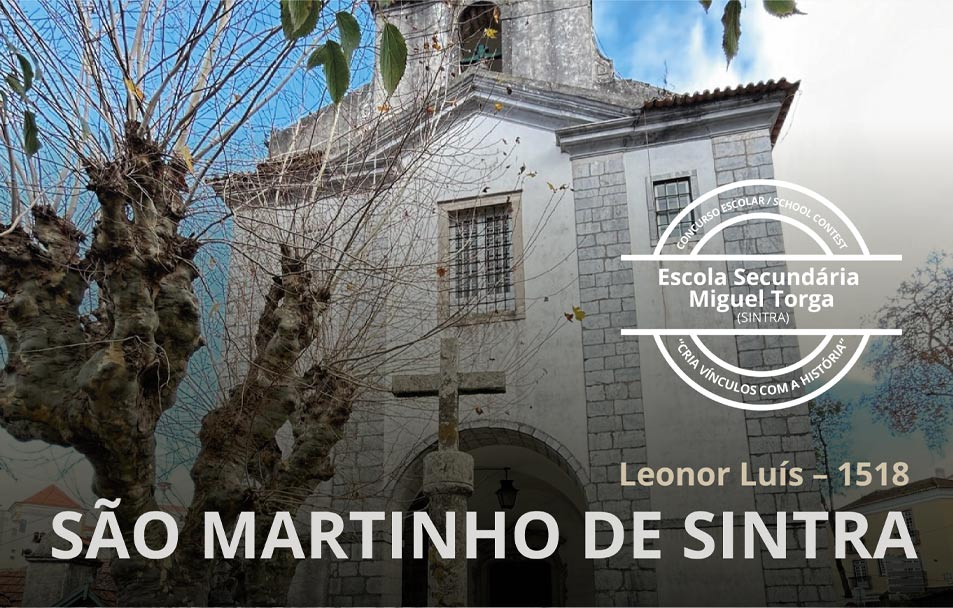Entail of the month (May, 2024)
Morgadio of Melres
By Manuel da Cunha Coutinho Portocarreiro (17th-18th centuries)
The whereabouts of the founding document of the Melres entail are unknown. However, we do know of the third morgado qualification as a familiar of the Holy Office, which gives us some very revealing information about his social status and the ample income the family enjoyed. Our text thus reflects a very common and very relevant type of research: looking for alternative documents on entails, when we lack those produced by the institutions, especially the founding document.
[Fig. 1] Coat of arms of the main gate.
Manuel da Cunha Coutinho de Portocarreiro (grandfather of the same name as the one presented here) was the first morgado of Melres and lived in the village of Melres – a municipality that was abolished in 1834 and integrated into the municipality of Gondomar –, where he established the morgadio, under the invocation of São Tiago (Saint James), with a chapel in the parish church. He took over the name Portocarreiro from his great-great-grandfather and, from then on, his family also used the name Coutinho, which came from his paternal grandfather (SOVERAL, 1997: 47-48; OLIVEIRA, 1936: 506). He married D. Antónia Ferraz Vieira in 1601, who was born in Melres and was afterwards buried in the parish church. Her dowry included several properties in the parish, namely Quinta de Marrocos – now Quinta or Casa da Bandeirinha – and everything was entailed in the morgadio of Melres established by the couple (SOVERAL, 1997: 48).
The second morgado of Melres, Manuel da Cunha Osório de Portocarreiro, completed the works started by his father on the family home (Casa de Melres) and placed the coat of arms on the side of the house, with the arms of Cunha and Osório on the paternal side and Ferraz and Vieira on the maternal side. The distribution of quarters doesn’t seem to be heraldically correct, with Cunha in the first, Ferraz in the second, Vieira in the third and Osório in the fourth. This coat of arms is different to the one on the main gate, with Portocarreiro, Cunha, Coutinho and Osório. Manuel da Cunha Osório married Maria Ferraz de Sousa, a relative of his (SOVERAL, 1997: 51).
[Fig. 2] Coat of arms on the east wall.
The third morgado, Manuel da Cunha Coutinho de Portocarreiro, fidalgo de Solar, also succeeded him as 16th Lord of the Tower of Portocarreiro, including the patronage of the church of Vila Boa de Quires, 7th Lord of the Palace of Santa Ovaia, 6th Lord of the Palace of Valpedre and Quinta do Vau, 5th Lord of the House of Padrão de Belmonte, Lord of Quintas do Barral, Valbom and Quebrada, among other properties. He was born on 26 October 1641, at Casa de Valbom, and died on 28 October 1719, at Casa de Melres, and was buried in the parish church. He had married Maria Luísa de Alarcão e Albuquerque (1657-1722) on 29 June 1683 in the same church, by proxy, and had eleven children (SOVERAL, 1997: 54-59). Manuel da Cunha also had a natural son, Feliciano, with Isabel de Oliveira (ANTT, Habilitações do Santo Ofício, Manuel, mç. 31, doc. 692, fl. unnumbered).
[Fig. 3] Carved ceiling in the house of Melres.
Before 23 January 1683, Manuel da Cunha Coutinho Portocarreiro applied to become a familiar of the Holy Office, thus opening a process that is called a “qualification”, producing the document also refereded by that name. The candidate was approved by the rapporteur (relator) of the General Council (Conselho Geral) of the Holy Office on 16 July 1684, and received a favourable vote on 21 July 1684 (ANTT, Habilitações do Santo Ofício, Manuel, mç. 31, doc. 692, fl. 1, final pages, unnumbered).
It is precisely this document that, as well as proving his ancestry, contains a very relevant set of information that allows us to better understand the third morgado and the Melres entail. The conditions for Manuel da Cunha to be a familiar of the Holy Office were attested to by witness interviews, with the aim of ascertaining the candidate’s capacity for the position. One witness said that the candidate, his parents and grandparents had always been known as “legitimate and whole Old Christians”, “of clean blood and generation”. They had never been imprisoned or sentenced by the Holy Office, and the candidate was a “virtuous man” with “judgement and capacity” for “secret and important business” such as that of the Holy Office, and able to give a “very good account” of everything he was entrusted with. They also confirmed that he could read and write and that he would have “an income of seven or eight farms to support himself” – information reiterated by the other witnesses (ANTT, Habilitações do Santo Ofício, Manuel, mç. 31, doc. 692, unnumbered pages).
[Fig. 4] Present-day house of Melres.
The third morgado made a justification of nobility on 13 May 1715, drawn up at the notary’s office in the village of Melres, and it is possible that he was the one who started the construction work on the Palácio da Bandeirinha, in Porto (SOVERAL, 1997: 54), which ended up “baptising” the Quinta de Marrocos (Casa de Melres) with the same name in the 19th century (website Arquivo Histórico de Gondomar). At Casa de Melres, he had the carved ceilings in the main hall and the office room, located on the first floor of the building and dating from 1698, installed. They bear the quartered coat of arms of Cunha, Portocarreiro, Coutinho and Osório.
Nowadays, Quinta da Bandeirinha represents the headquarters of the Melres and Medas local council, the Melres and Medas museum centre, the parish’s senior university and the post office, and is still an important building, but for different reasons than in the past.
This “Entail of the Month” was produced in the context of the “Cria Vínculos com a História” competition.
School: AEG1/Escola Secundária de Gondomar.
Class: 11.º 11.
Teacher: Maria Manuela Ferreira Santos.
Students: Alexandre Brochado, Ana Maria Nóvoa, Beatriz Teixeira, Bruna Pereira, Catarina Machado, Inês Alexandra Gandra, Inês Carvalho, Leonor Taveira, Leonor Fernandes, Luana Barbosa, Maria Beatriz Oliveira, Maria Eduarda Vieira, Mariana Jesus, Rafaela Rosário, Simão Alves.
Coordination: Maria de Lurdes Rosa, Leonor Dias Garcia.
Sources and bibliography
ANTT, Tribunal do Santo Ofício, Conselho Geral, Habilitações, Manuel, mç. 31, doc. 692. [22/02/2024] Available at https://digitarq.arquivos.pt/details?id=2337613.
OLIVEIRA, Camilo de – O Concelho de Gondomar. Apontamentos monográficos. Vol. III. Porto: Imprensa Moderna, 1936, pp. 494, 506-507. Available at [22/02/2024] https://www.google.pt/books/edition/O_concelho_de_Gondomar/nXQvAQAAMAAJ?hl=pt-PT&gbpv=1
SOVERAL, Manuel Abranches de – Portocarreros do Palácio da Bandeirinha. Porto: Ed. MASmedia, 1997, pp. 46-59.
Website do Arquivo Histórico de Gondomar – Documento do Mês. Julho de 2023. Projeto de remodelação da Quinta da Bandeirinha. [22/02/2024] Available at https://arquivohistorico.cm-gondomar.pt/Destaques/Documento-do-Mes/Historico/emodule/505/egallery/48
Other entails of the month



